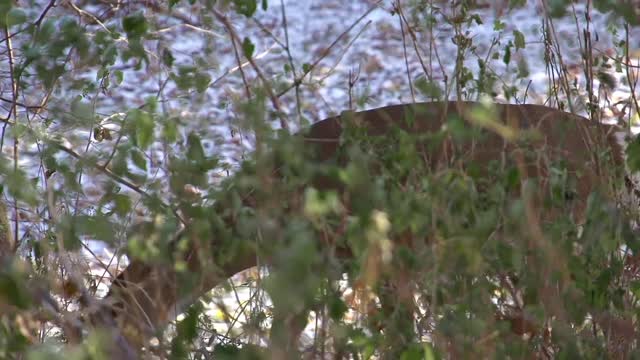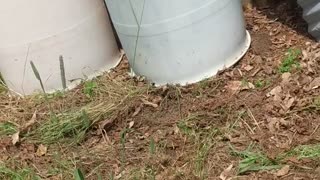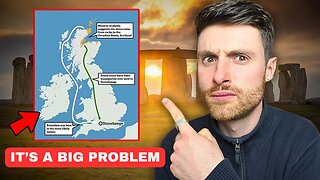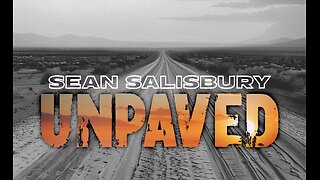Premium Only Content

Lost Deer Found Her Own Ways In To The Wood
Lost Deer Found Her Own Ways In To The Wood , Deer live in a variety of biomass, ranging from tundra to the tropical rain forest. While often associated with forests, many deer are ecotone species that live in transitional areas between forests and thickets (for cover) and prairie and savanna (open space).
The majority of large deer species inhabit temperate mixed deciduous forest, mountain mixed coniferous forest, tropical seasonal/dry forest, and savanna habitats around the world. Clearing open areas within forests to some extent may actually benefit deer populations by exposing the under story and allowing the types of grasses, weeds, and herbs to grow that deer like to eat.
Deer are widely distributed, with indigenous representatives in all continents except Antarctica and Australia, though Africa has only one native deer, the Barbary stag, a subspecies of red deer that is confined to the Atlas Mountains in the northwest of the continent.
However, fallow deer have been introduced to South Africa. Small species of brocket deer and pudús of Central and South America, and muntjacs of Asia generally occupy dense forests and are less often seen in open spaces, with the possible exception of the Indian muntjac.
There are also several species of deer that are highly specialized, and live almost exclusively in mountains, grasslands, swamps, and "wet" savannas, or riparian corridors surrounded by deserts. Some deer have a circumpolar distribution in both North America and Eurasia.
The highest concentration of large deer species in temperate North America lies in the Canadian Rocky Mountain and Columbia Mountain regions between Alberta and British Columbia where all five North American deer species (white-tailed deer, mule deer, caribou, elk, and moose) can be found.
This region has several clusters of national parks including Mount Revelstoke National Park, Glacier National Park (Canada), Yoho National Park, and Kootenay National Park on the British Columbia side, and Banff National Park, Jasper National Park, and Glacier National Park (U.S.) on the Alberta and Montana sides.
Mountain slope habitats vary from moist coniferous/mixed forested habitats to dry subalpine/pine forests with alpine meadows higher up. The foothills and river valleys between the mountain ranges provide a mosaic of cropland and deciduous parkland.
-
 48:27
48:27
Chapel in the Hills
3 years agoLost, but Now Found!
56 -
 2:57
2:57
THE MINUTEMAN FILES:
3 years agoLost Treasure Found in a garbage pile!
48 -
 1:42
1:42
Ira Miller Raw and Unfiltered
4 years agoParadise found, Chickens lost
41 -
 0:24
0:24
mongo14
4 years agoi found the lost hen
46 -
 1:16
1:16
KNXV
3 years agoHiker found dead on Lost Dog Wash Trailhead in Scottsdale
441 -
 10:05
10:05
Michael Button
6 hours ago $0.10 earnedGroundbreaking Discovery at Stonehenge Rewrites History
2993 -
 LIVE
LIVE
RalliedLIVE
2 hours ago $2.48 earnedSPECIALIST ADDICTED MAN WINS WARZONE SOLOS
262 watching -
 1:11:41
1:11:41
Sean Unpaved
3 hours agoBat Flips to Boardrooms: Jets QB Crossroads, Presidential Visits, & RedZone's TV Takeover
35.5K -
 DVR
DVR
SportsPicks
3 hours agoCrick's Corner: Episode 51
4.32K -
 1:00:45
1:00:45
Russell Brand
5 hours agoUK Migration Clashes ERUPT! Starmer Sweats as ‘SUMMER OF RIOTS’ Begins? - SF620
137K62